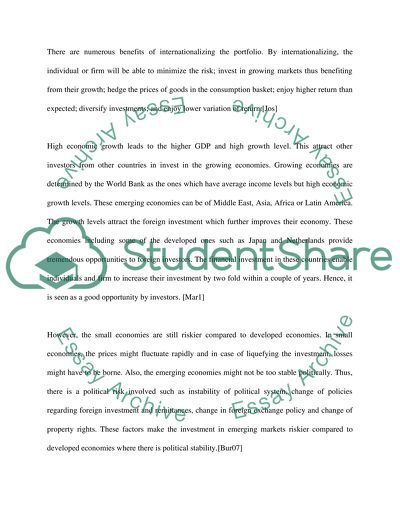Cite this document
(“The benefits of international portfolio investment Essay”, n.d.)
Retrieved from https://studentshare.org/finance-accounting/1399662-international-portfolio-investment
Retrieved from https://studentshare.org/finance-accounting/1399662-international-portfolio-investment
(The Benefits of International Portfolio Investment Essay)
https://studentshare.org/finance-accounting/1399662-international-portfolio-investment.
https://studentshare.org/finance-accounting/1399662-international-portfolio-investment.
“The Benefits of International Portfolio Investment Essay”, n.d. https://studentshare.org/finance-accounting/1399662-international-portfolio-investment.


